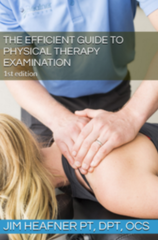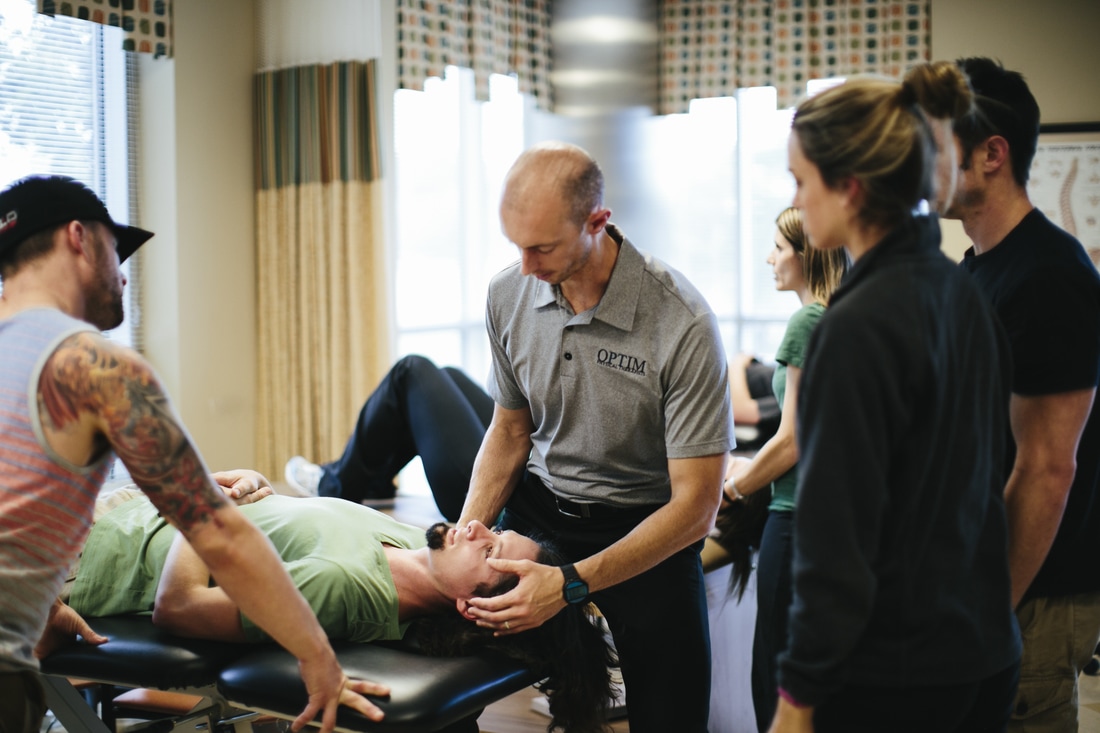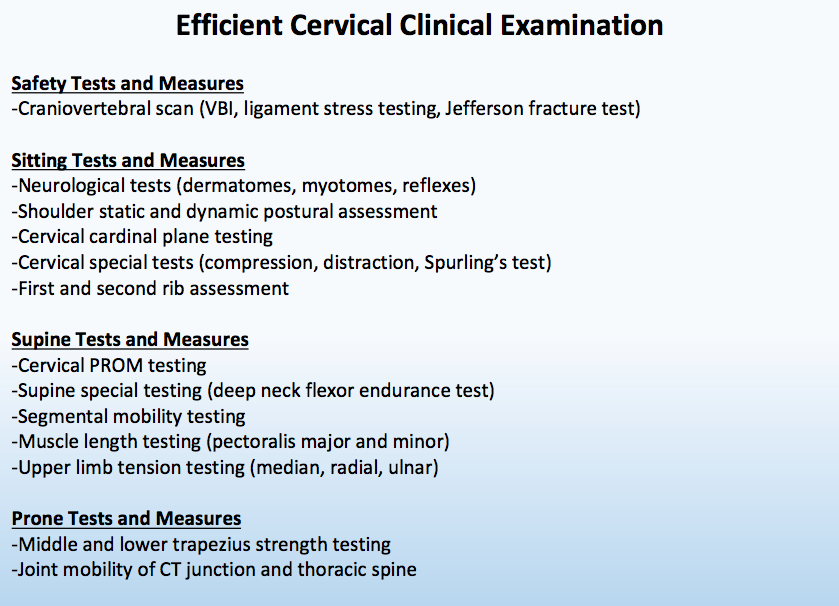- Home
- About Us
- TSPT Academy
- Online Courses
-
Resources
- Newsletter
- Business Minded Sports Physio Podcast
- Day in the Life of a Sports PT
- Residency Corner
-
Special Tests
>
-
Cervical Spine
>
- Alar Ligament Test
- Bakody's Sign
- Cervical Distraction Test
- Cervical Rotation Lateral Flexion Test
- Craniocervical Flexion Test (CCFT)
- Deep Neck Flexor Endurance Test
- Posterior-Anterior Segmental Mobility
- Segmental Mobility
- Sharp-Purser Test
- Spurling's Maneuver
- Transverse Ligament Test
- ULNT - Median
- ULNT - Radial
- ULNT - Ulnar
- Vertebral Artery Test
- Thoracic Spine >
-
Lumbar Spine/Sacroiliac Joint
>
- Active Sit-Up Test
- Alternate Gillet Test
- Crossed Straight Leg Raise Test
- Extensor Endurance Test
- FABER Test
- Fortin's Sign
- Gaenslen Test
- Gillet Test
- Gower's Sign
- Lumbar Quadrant Test
- POSH Test
- Posteroanterior Mobility
- Prone Knee Bend Test
- Prone Instability Test
- Resisted Abduction Test
- Sacral Clearing Test
- Seated Forward Flexion Test
- SIJ Compression/Distraction Test
- Slump Test
- Sphinx Test
- Spine Rotators & Multifidus Test
- Squish Test
- Standing Forward Flexion Test
- Straight Leg Raise Test
- Supine to Long Sit Test
-
Shoulder
>
- Active Compression Test
- Anterior Apprehension
- Biceps Load Test II
- Drop Arm Sign
- External Rotation Lag Sign
- Hawkins-Kennedy Impingement Sign
- Horizontal Adduction Test
- Internal Rotation Lag Sign
- Jobe Test
- Ludington's Test
- Neer Test
- Painful Arc Sign
- Pronated Load Test
- Resisted Supination External Rotation Test
- Speed's Test
- Posterior Apprehension
- Sulcus Sign
- Thoracic Outlet Tests >
- Yergason's Test
- Elbow >
- Wrist/Hand >
- Hip >
- Knee >
- Foot/Ankle >
-
Cervical Spine
>
- I want Financial Freedom
- I want Professional Growth
- I want Clinical Mastery
|
I distinctly remember the first few times I performed manual therapy on the cervical spine. My hands were sweatier than normal, and I had an unusual shakiness in my fingers. For some reason, I thought everyone with cervical pain was on the verge of having upper cervical instability. While this mindset was irrational, it may have been something that was instilled in me during physical therapy school. This fear was likely due to a lack of experience with the cervical examination and techniques. While performing a cervical spine examination may seem intimidating, it is very similar to any other body region. The main objectives should be to determine if the patient is appropriate for physical therapy and to identify the primary impairments that will have the greatest effect. The key to each evaluation is efficiently completing this process so that more time can be spent on treatment! In many instances, the examination begins in sitting following the subjective history. Depending on the subjective information, various safety tests and measures may need to be completed. While all safety tests may not be completed on every cervical evaluation, having them accessible is important. Assuming the patient is appropriate for physical therapy, many other tests can be performed in the seated posture to assist in making the appropriate physical therapy diagnosis. For example, shoulder active range of motion should be performed to determine if this region is a pain generator or contributing to the cervical pain. Additionally, a seated upper rib mobility assessment should be performed to determine if the ribcage is contributing the one's symptoms. The complete flow of tests and measures can be seen in the picture below. In the Efficient Examination breakout, many special tests are left off the list. Being efficient means quickly determining the painful region and identify primary impairments. The cervical examination should includes a brief assessment of the thoracic spine, cervical spine, ribcage, and upper quarter. Quickly assessing each one of these regions will help determine the true cause of the patient's symptoms. Do not be intimated by the cervical examination! Jim Heafner PT, DPT, OCS Follow Jim's Instagram Like this post? Last year Jim published 'The Guide to Efficient Physical Therapy Examination.' The Ebook takes readers through a step-by-step evaluation of the lumbar spine, cervical spine, knee, and shoulder. Each examination is centered around efficiency and clinical excellence.
1 Comment
6/23/2024 08:17:50 am
In the modern business landscape, safeguarding customer interests is paramount. Companies must adhere to ethical practices and legal frameworks to protect consumer rights. This involves ensuring product safety, transparency in transactions, and fair treatment in service delivery. Effective consumer protection fosters trust and loyalty, which are essential for sustainable business growth. Additionally, businesses must stay vigilant against fraudulent activities and misleading advertising to maintain integrity. Prioritizing consumer rights not only aligns with regulatory requirements but also enhances a company's reputation and long-term success.
Reply
Leave a Reply. |
Dr. Brian Schwabe's NEW Book in partner with PaleoHacks!
Learn residency-level content on our
Insider Access pages We value quality PT education & CEU's. Click the MedBridge logo below for TSPT savings!Archives
July 2019
Categories
All
|








 RSS Feed
RSS Feed